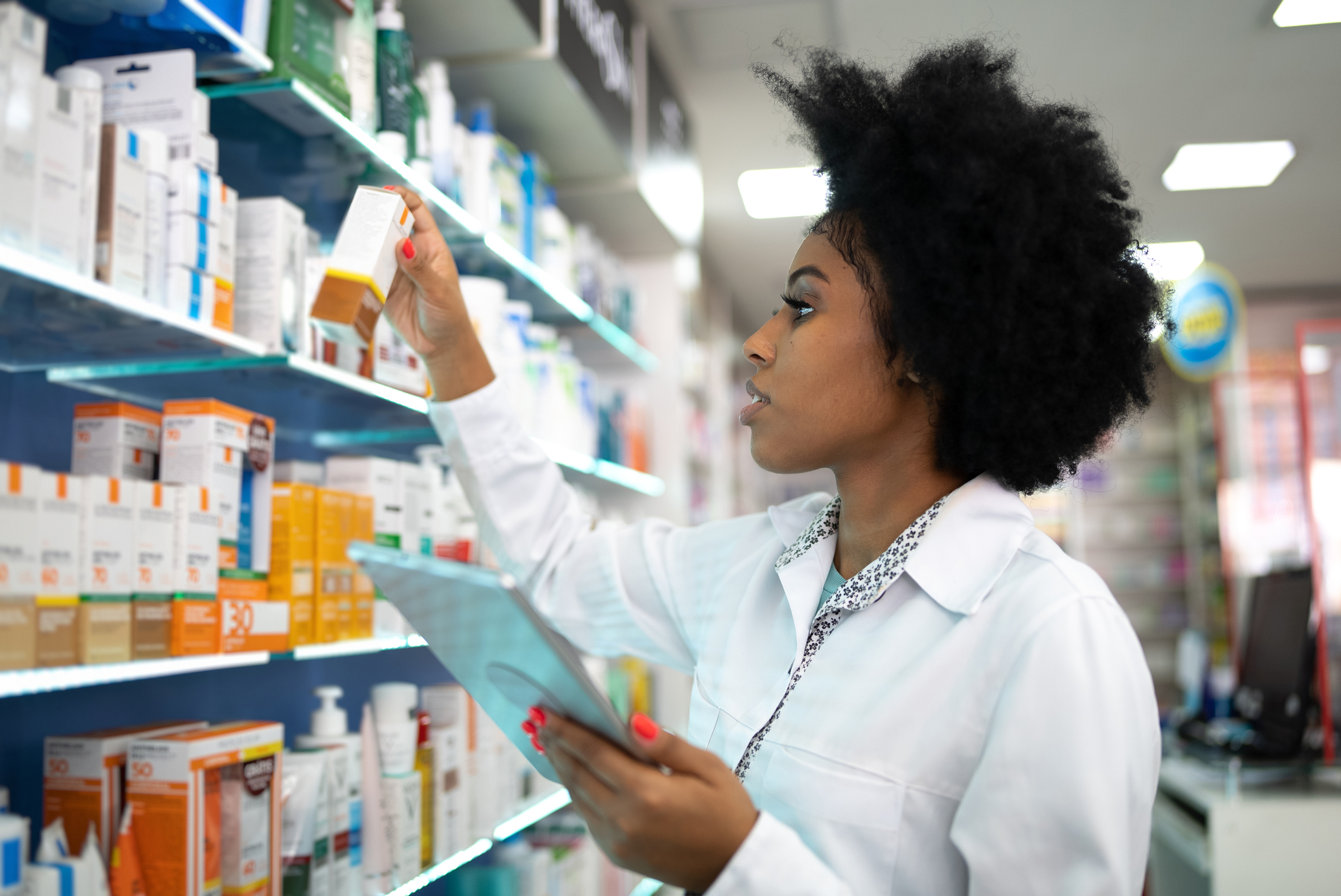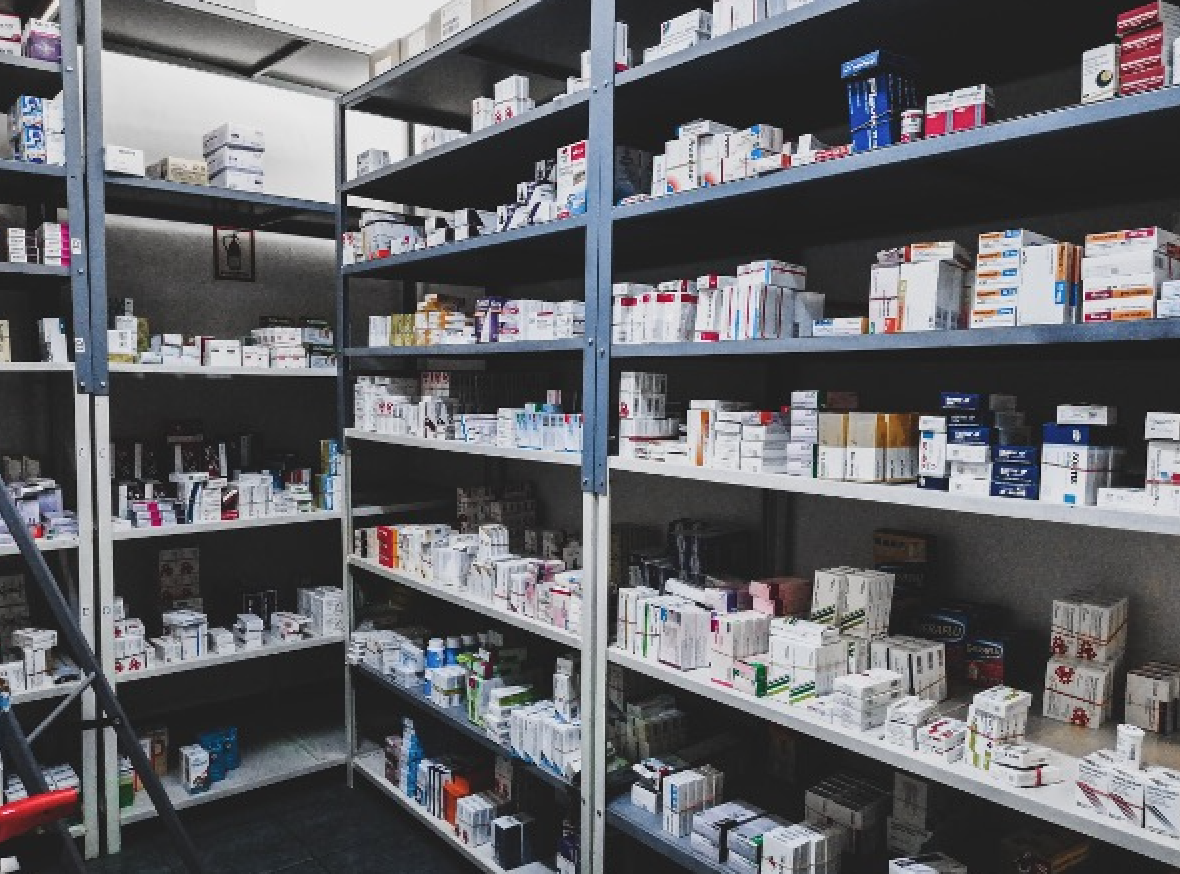July 15, 2021
Written by George Lazenby
As we emerge from the pandemic, the expectation and demand for delivery of items, including prescriptions, will continue to grow. The technology is available to pharmacies. They just need to harness it. The ones that don’t will lose customers and revenue, and will ultimately be left behind.
It was announced earlier this month that popular delivery service DoorDash netted new funding that raised its valuation to $16B, up $3B from seven months prior. Its success is unsurprising given COVID-19-imposed restaurant closures and restrictions, but the meteoric rise in dining in isn’t the only factor pushing DoorDash closer to an IPO. Its new partnership with CVS to deliver non-prescription essentials demonstrates the company’s recognition of a trend that’s shifted into an expectation: consumers demand home delivery – whether it’s tapas or toilet paper.
The pandemic spurred a spike in home delivery, first out of necessity, and now, because we’ve become accustomed to the convenience it provides. Amazon proved years ago that almost anything can be delivered, and when the retail giant made its foray into pharmacy last November – after seeing home delivery of medications rise by 20% in the first two months of the pandemic alone – a slew of others followed. Today, Publix, Rite Aid and Walgreens are three of the country’s biggest retailers offering delivery of pharmacy items, most teaming up with third-party services, like DoorDash, to transport everything from sunscreen to sinus medication from store shelf to customer’s doorsteps.
While the pandemic expedited the channels used for delivery and the range of items that can be brought directly from store to door, the concept is not new in pharmacy. In fact, prescriptions were being delivered to patients 30-plus years before Amazon Prime became the go-to for expeditiously getting goods.
A Brief History
Home delivery in pharmacy started in the 1970’s when the Department of Veterans Affairs shipped prescriptions to military members. A decade later, pharmacy benefit managers (PBMs), intermediates between insurers and pharmacies responsible for negotiating drug pricing, emerged and took on the task of getting prescriptions directly to the people that needed them through mail-order pharmacies. As prescription drug prices escalated, so did the importance of PBMs. Between 1998 and 2017, Americans using mail-order pharmacy jumped two-fold. By 2019, CVS, Express Scripts and OptumRX, the country’s largest PBMs, processed nearly 3 out of 4 U.S. prescriptions, accounting for 72% of mailed Rx revenue.
The greater reliance on mail-order prescriptions combined with pressures brought on by the shift to fee-for-value revealed a weak spot for PBMs: customer service. The incentives for PBMs to deliver medications to patients became more about reducing fees associated with filling the prescriptions at pharmacies and less about the patient’s experience. As a result, this pathway for home delivery fell short of many patient/consumer expectations.
Amid the rub between getting consumers must-have items – including prescriptions – but doing so in a way that resulted in satisfaction and positive health outcomes, COVID-19 emerged. Seeing opportunity in adversity, a slew of new DTC healthcare companies embraced the consumerization of care in 2020. The influx of market entrants helped send the business of pharmacy delivery soaring.
While modern technology is typically thought of as self-driving vehicles, the ability of streaming services to accurately predict and recommend music and movies we’ll enjoy, and sending humans to Mars, some of the same technological elements that make these feats possible – or plausible – are used in pharmacy.
A Rising Tide Lifts All Boats
Interest and investment in digital health companies is red hot. In the first quarter of this year, startups in the sector raised more than 100% of the funding scored in the same four-month period of 2020. Leading the pack is Ro, which closed its series D round in March with an incredible $500 million.
Ro’s many verticals – including clinics for men and women, weight management and smoking cessation programs, telehealth, and, you guessed it, a pharmacy, make it a one-stop shop for healthcare needs. Calling itself “The Patient Company,” Ro personalizes care by putting patients in the driver’s seat. Its focus on autonomy, convenience and cost (every medication dispensed by its pharmacy is just $5 per month) resonates with the desires of the modern consumer, mimicking the model Amazon built its empire on.
Driving Factors
Would Ro have been successful if it launched ten or even five years ago? Probably to a lesser degree. Timing is everything, after all. In addition to capitalizing on the current environment when we’re newly accustomed to having it all, and having it all right now, there’s the shift to value-based healthcare, which I mentioned earlier. Hospitals and physicians are incentivized to reduce patient readmissions and increase quality of care, and pharmacists are not an exception to this expectation, particularly as they’re increasingly seen as playing a key role in the care continuum. There’s also another key factor at play here: technology is smarter, faster and better than it’s ever been.
Technology has become incredibly sophisticated almost across the board, and while modern technology is typically thought of as self-driving vehicles, the ability of streaming services to accurately predict and recommend music and movies we’ll enjoy, and sending humans to Mars, some of the same technological elements that make these feats possible – or plausible – are used in pharmacy.
Artificial intelligence, machine learning and predictive analytics are all in play in technology that powers the business of pharmacy, including the ability of retail and independent pharmacies to offer delivery. Pharmacies know they need to offer mail-order and delivery. What they don’t necessarily know is how to do it well – keeping costs low and maximizing health outcomes while remaining compliant. OrderInsite bridges the disconnect, partnering with pharmacies of all types and sizes, including independents, chains and some of the country’s largest retail pharmacies, to provide business-minded inventory management and procurement technology that’s proven effective across all types of transactions – whether the majority of your customers order and receive their prescriptions at the counter, call them in and pick up at a drive-thru or have their order dropped at their door through by a third-party delivery service.
The Proof Is In The Pudding
Our partner ScriptDrop is proof of the enormous benefit prescription delivery can bring to providers and their customers. To help keep its patients safe during the pandemic, Denver Health partnered with the prescription delivery service and launched ScriptDrop’s same-day and on-demand delivery at two of its locations. In just two months, the provider organization experienced a 73% increase in same-day delivery volume, a 50% decrease in administrative costs and fewer returns to stock.
As we emerge from the pandemic, the expectation and demand for delivery of items, including prescriptions, will continue to grow. The technology is available to pharmacies. They just need to harness it. The ones that don’t will lose customers and revenue, and will ultimately be left behind.
If you’re curious about how OrderInsite’s technology can improve your pharmacy’s operations, I’d love to connect. Send me a message.
About The Author

George Lazenby
Share this:


